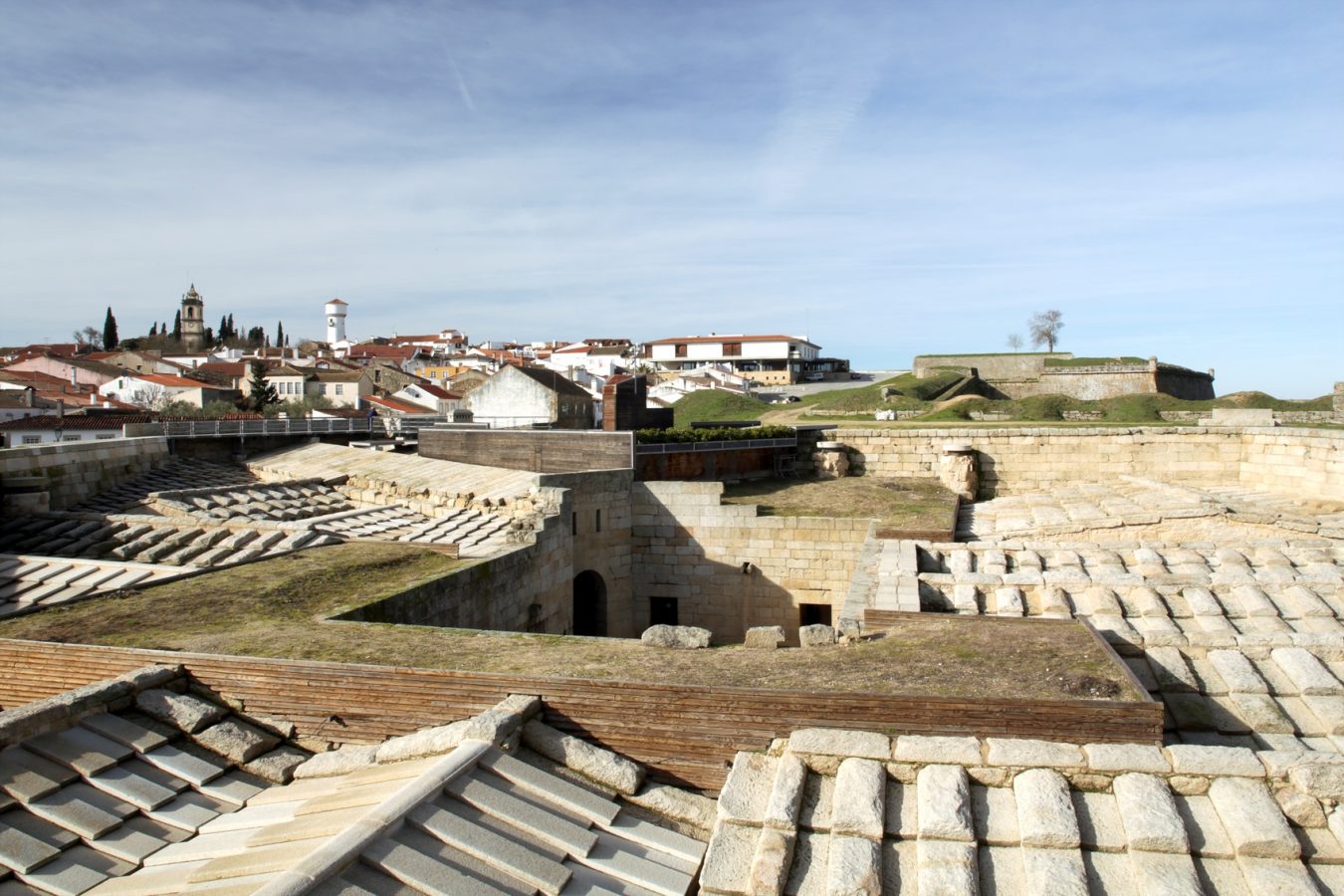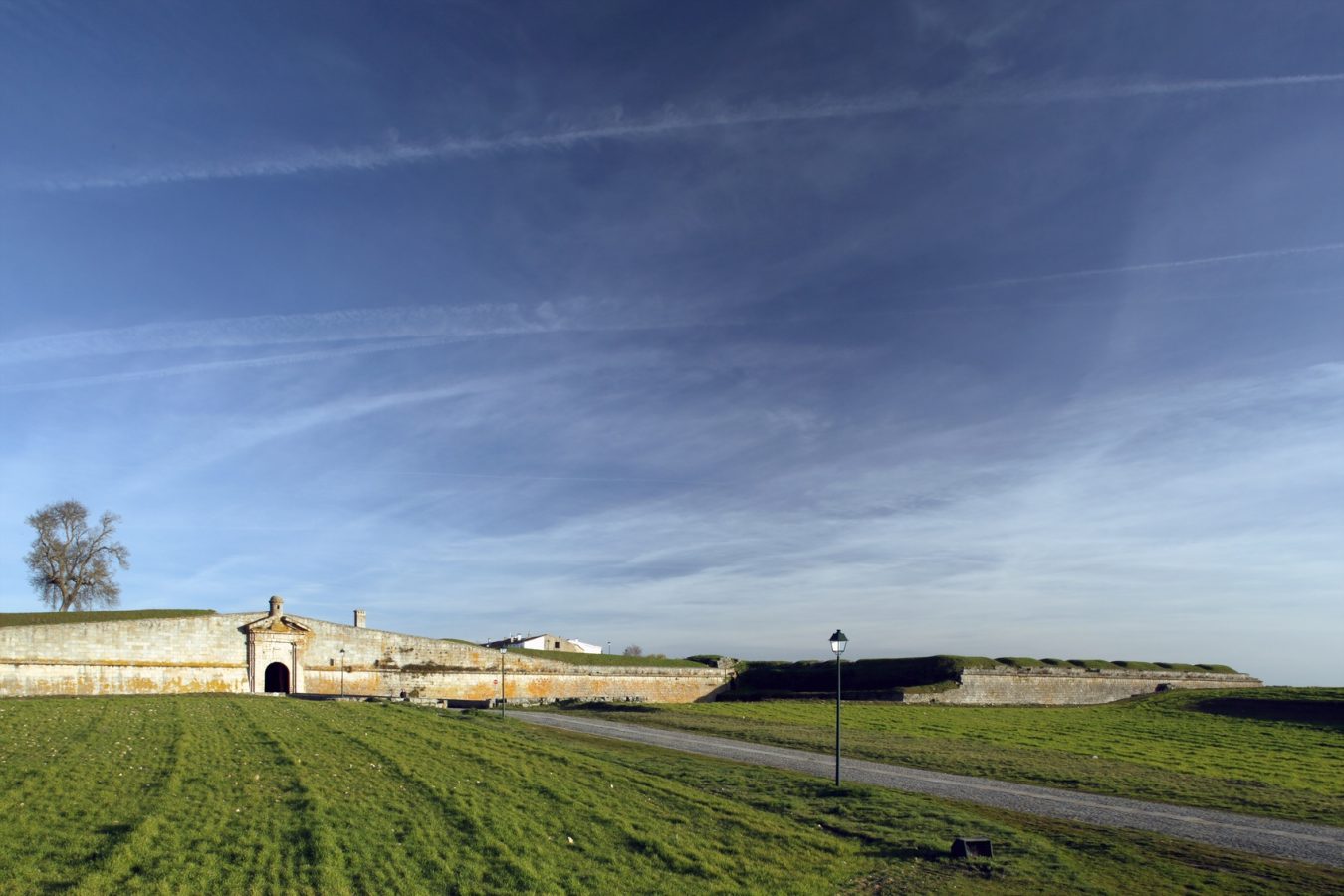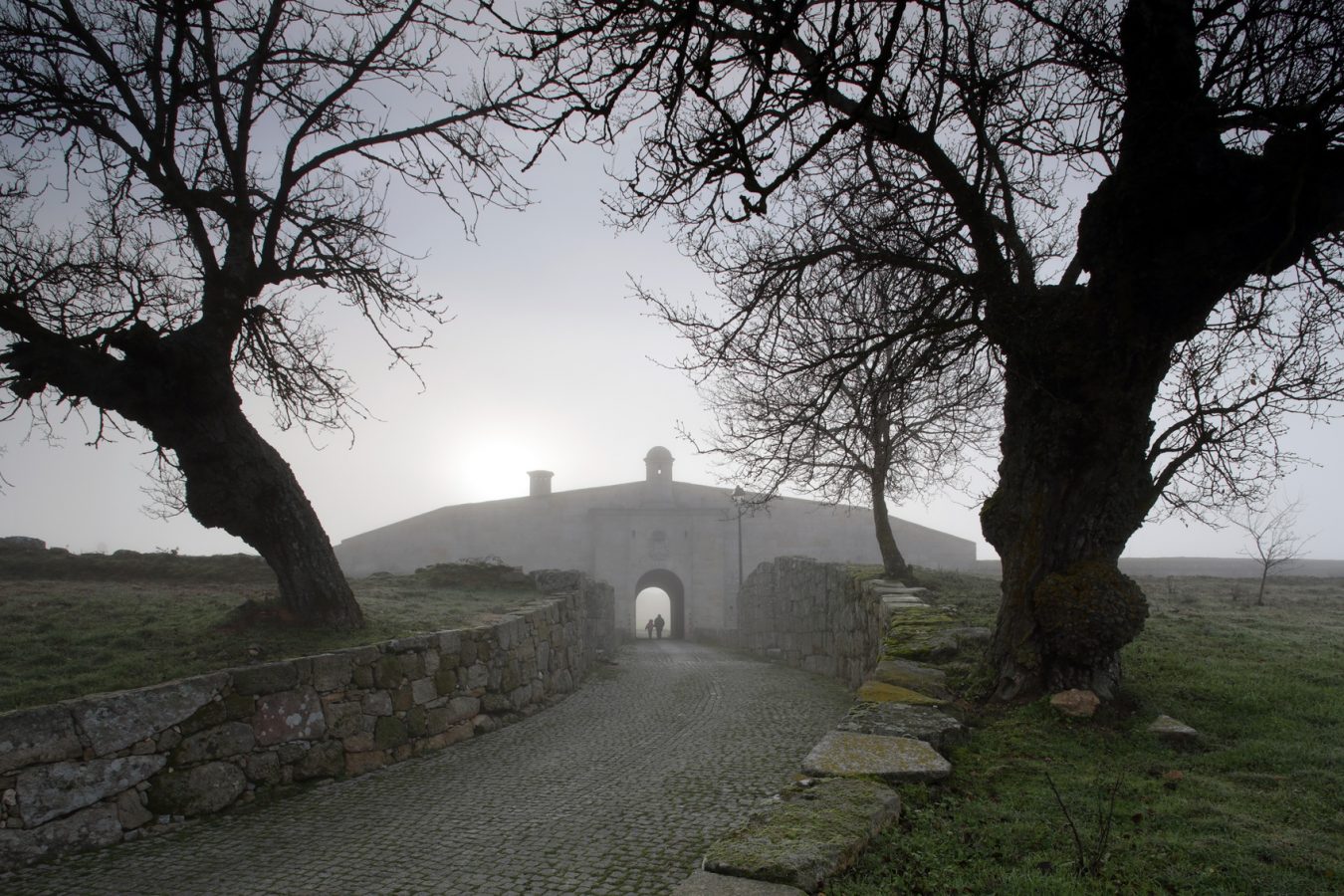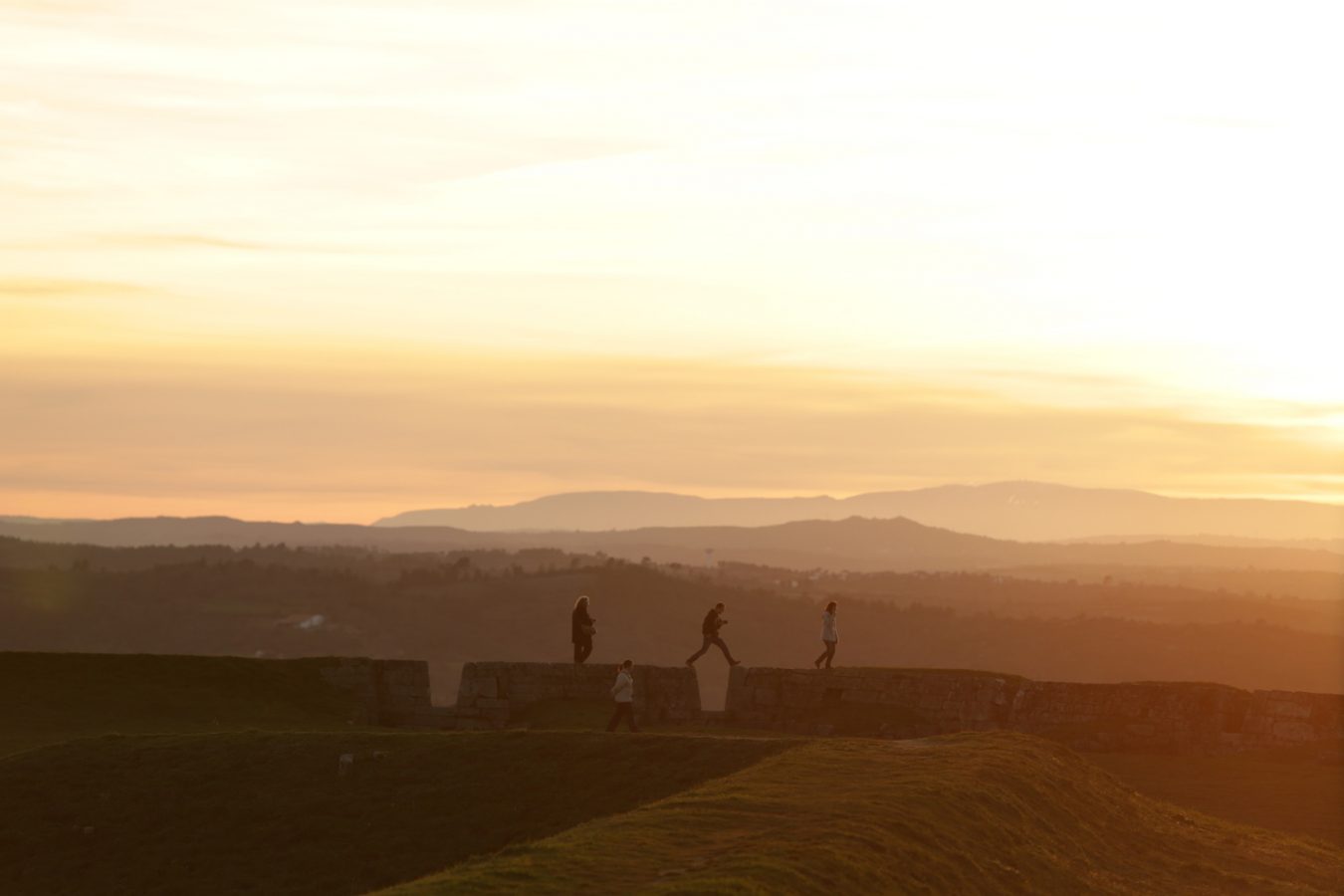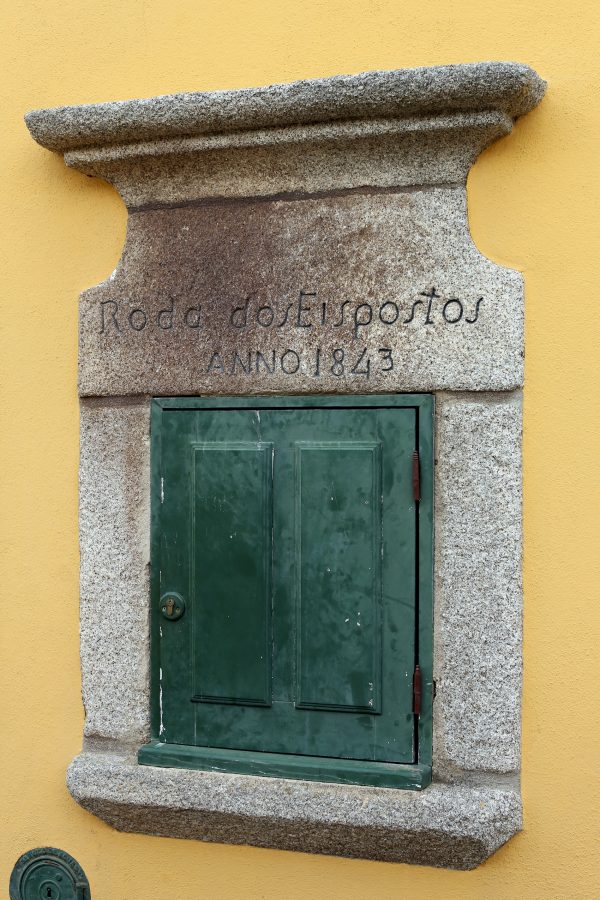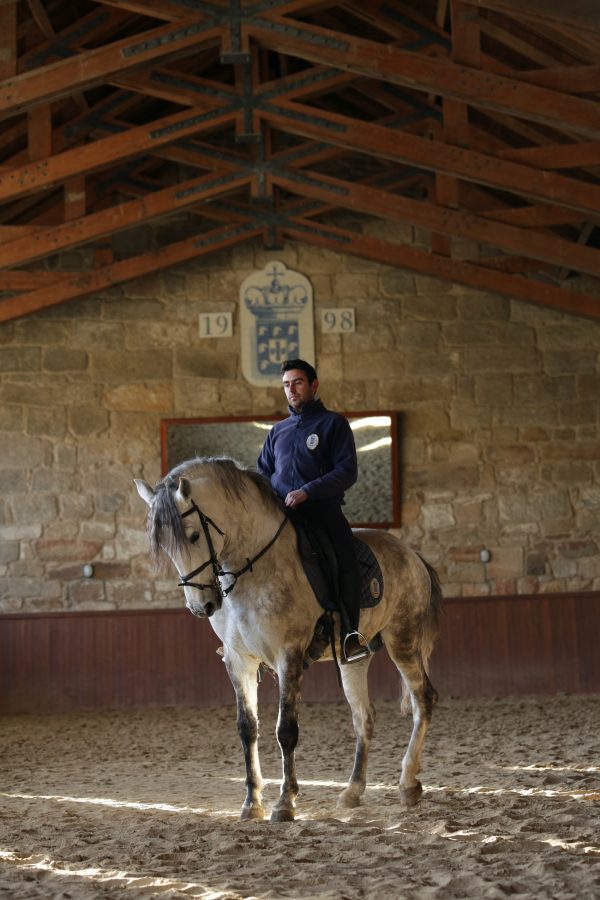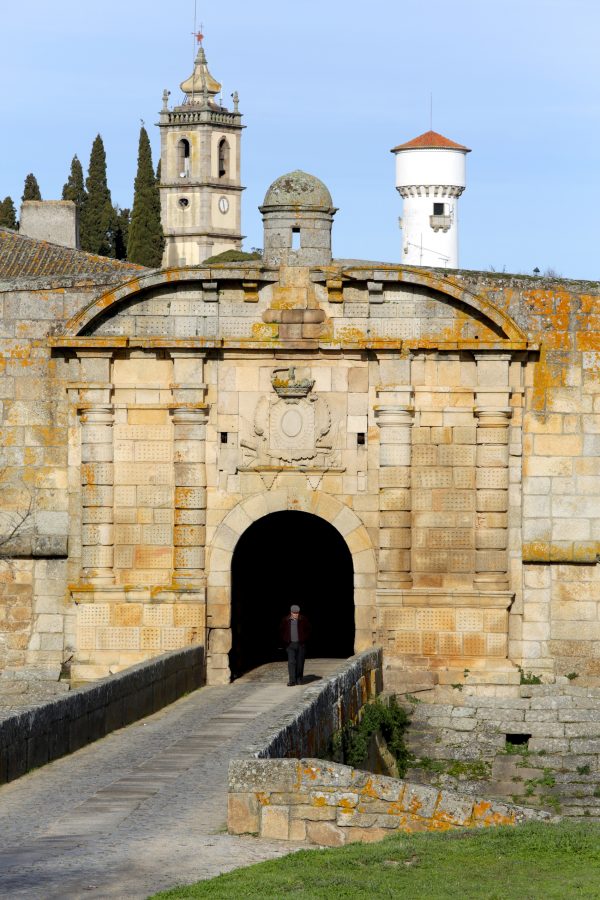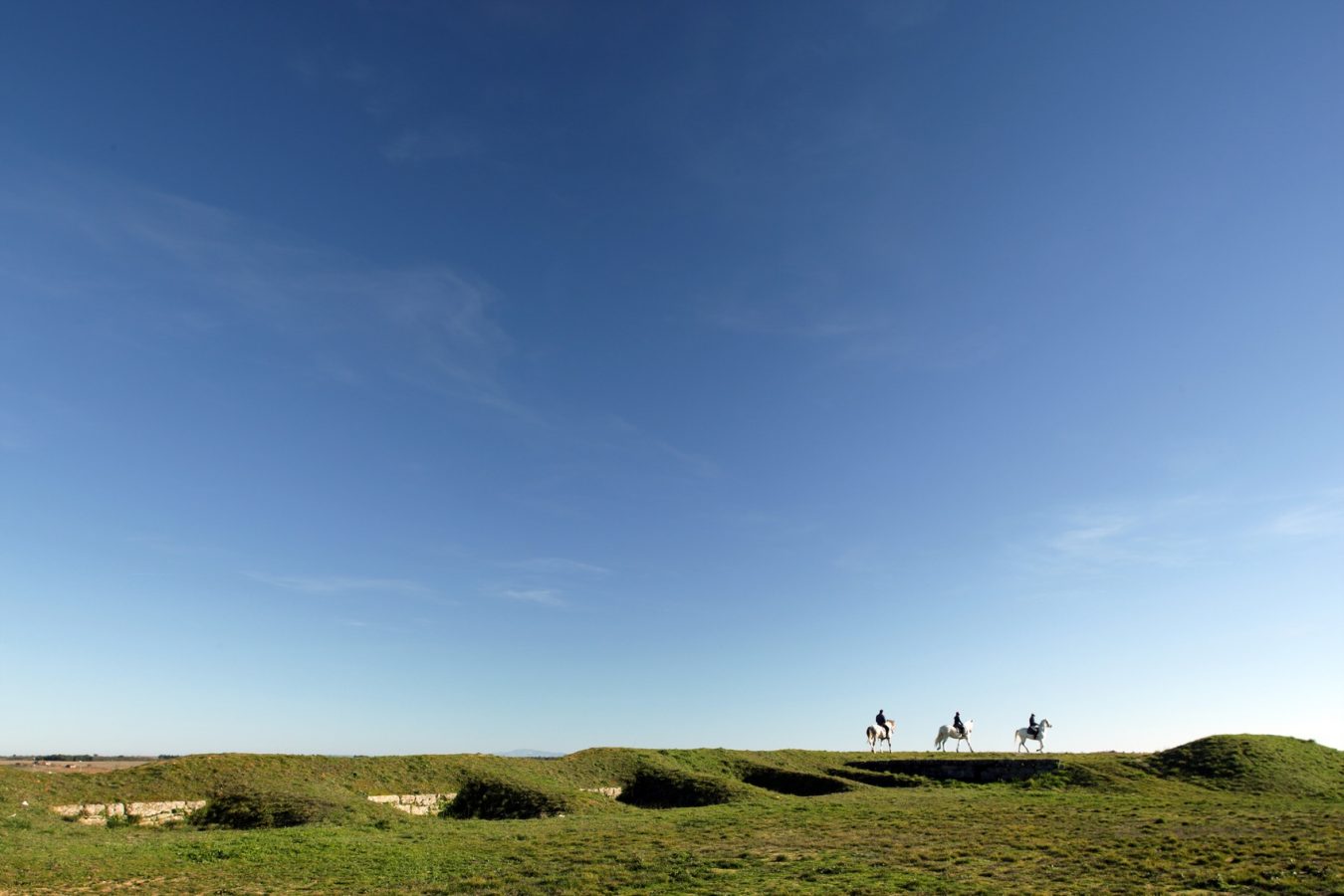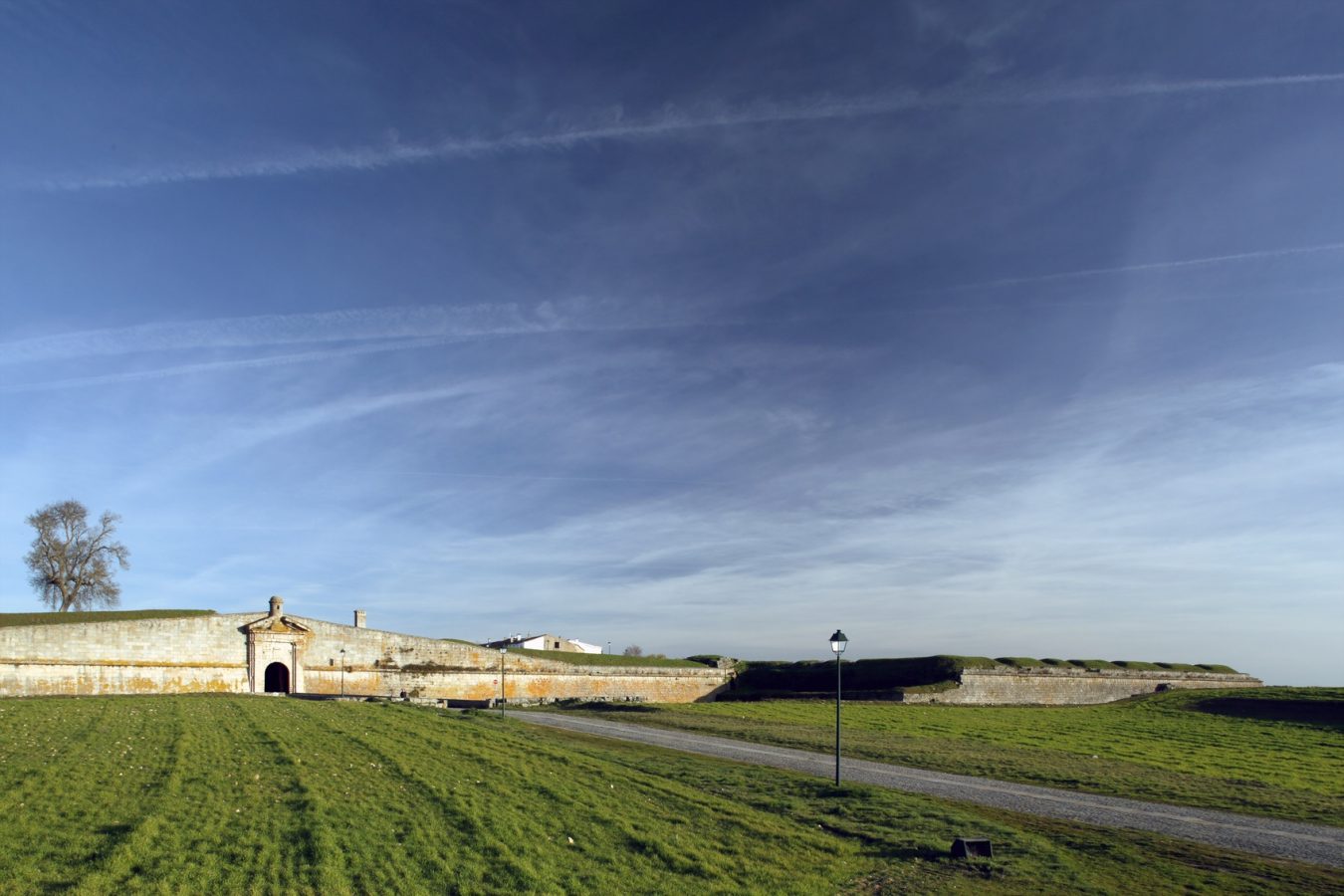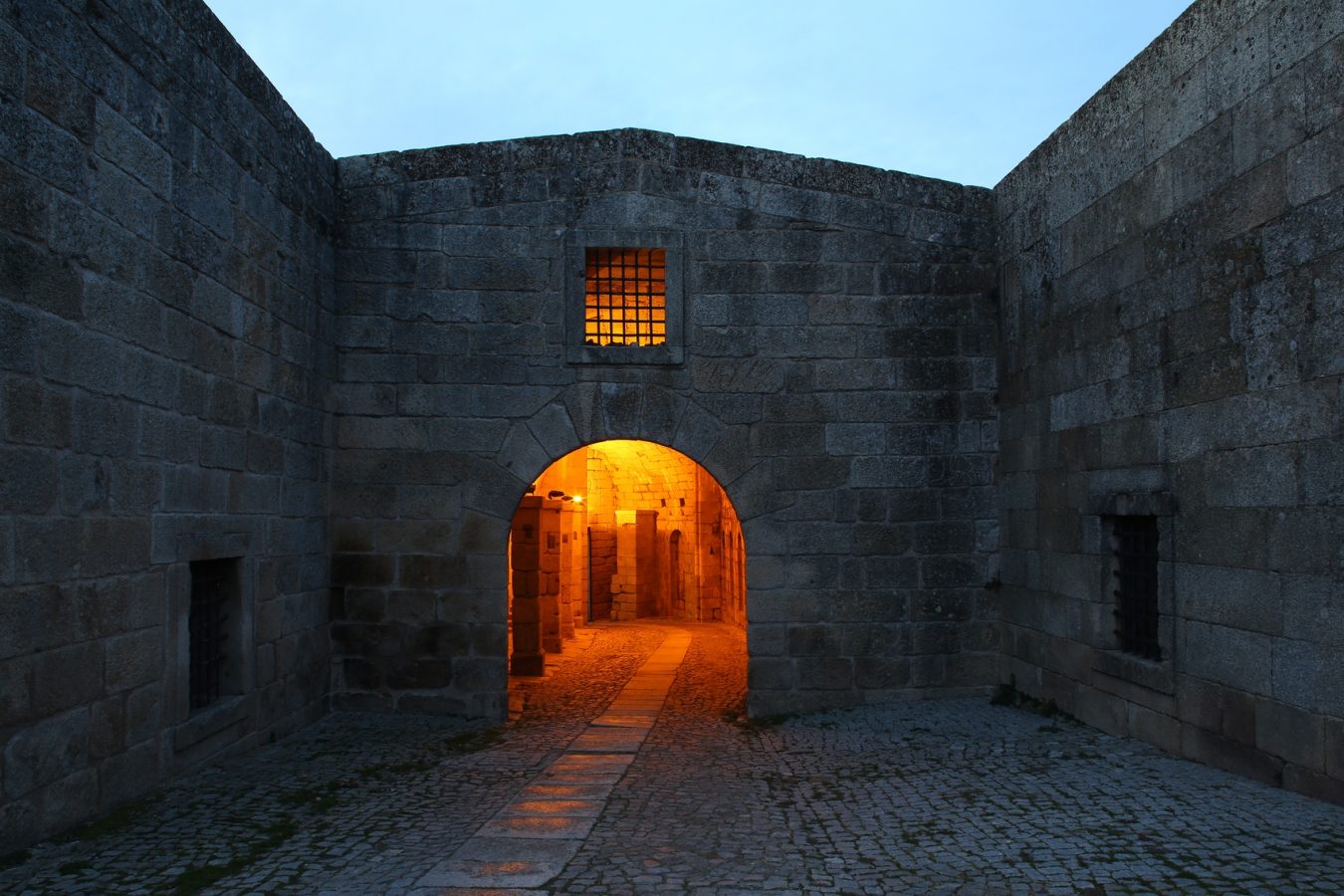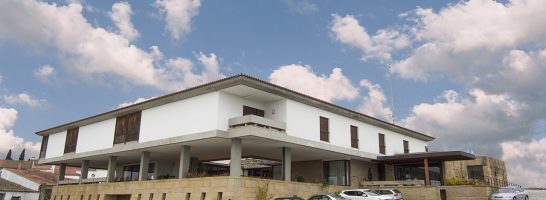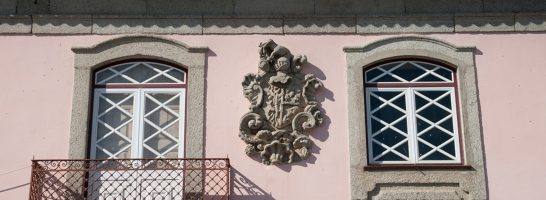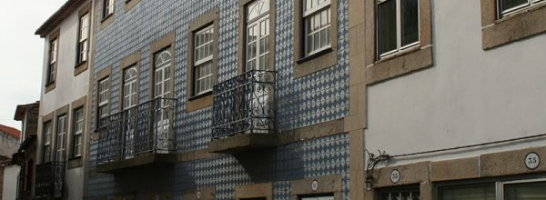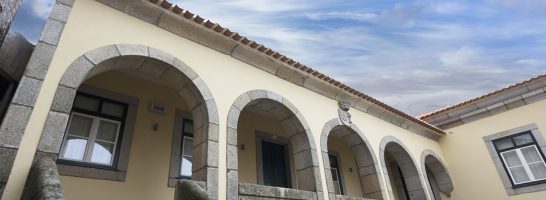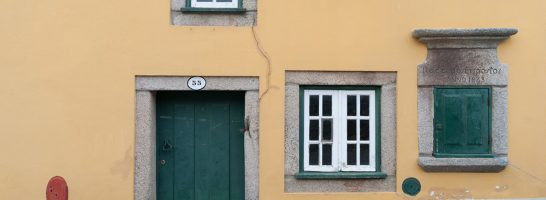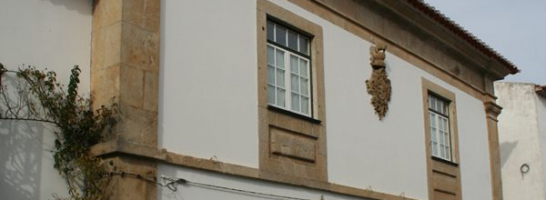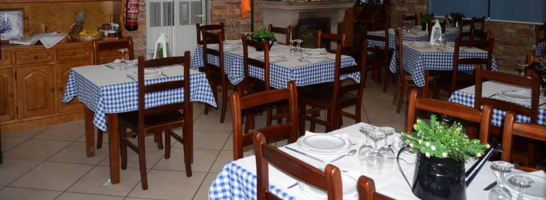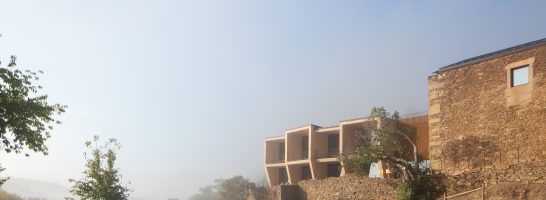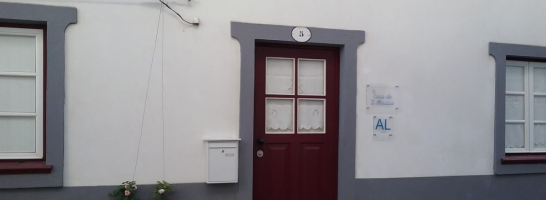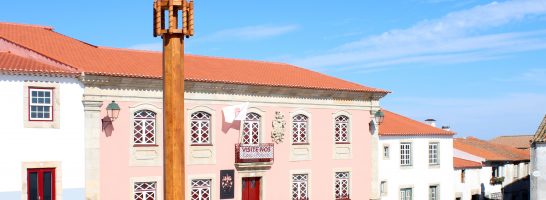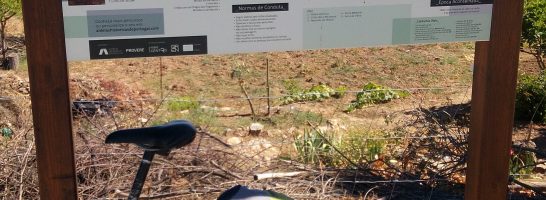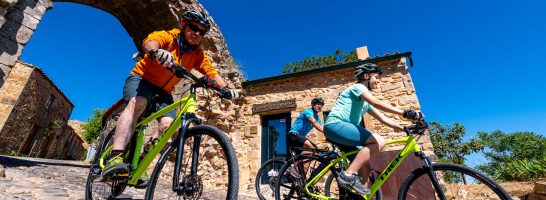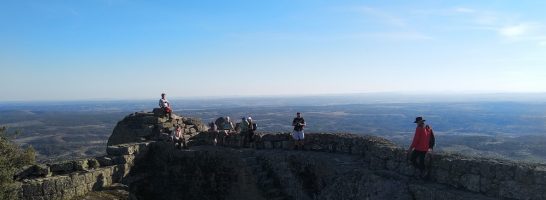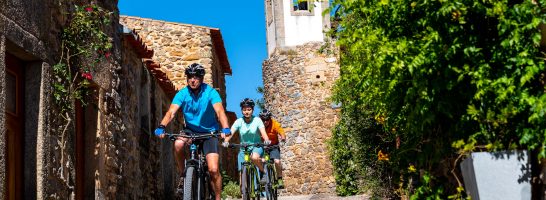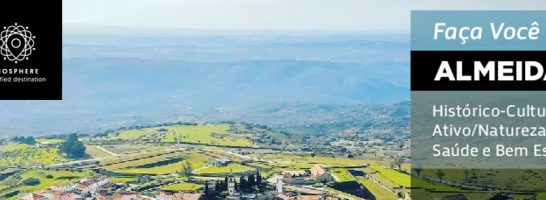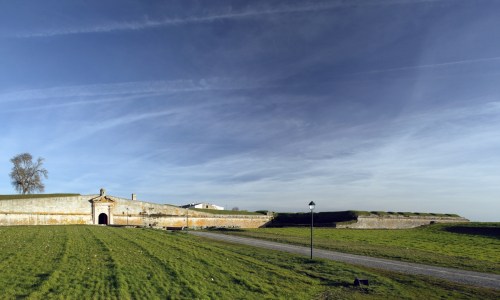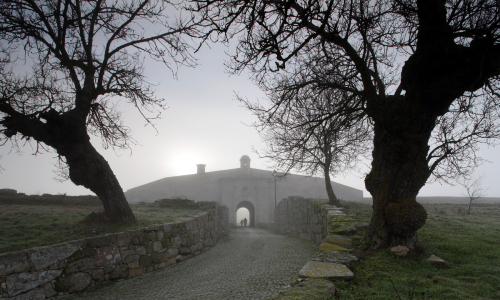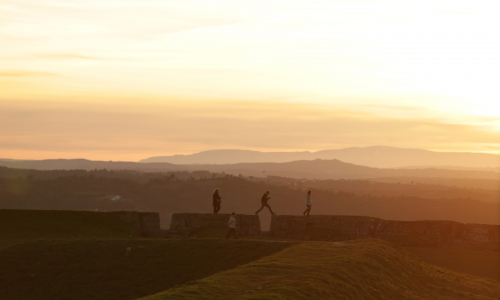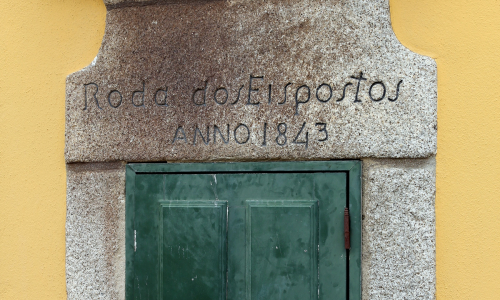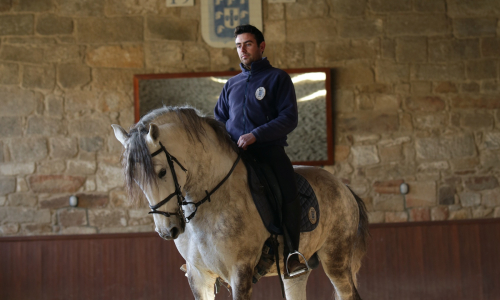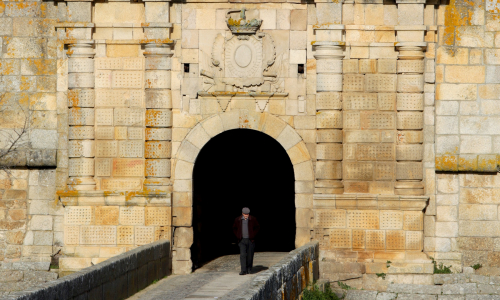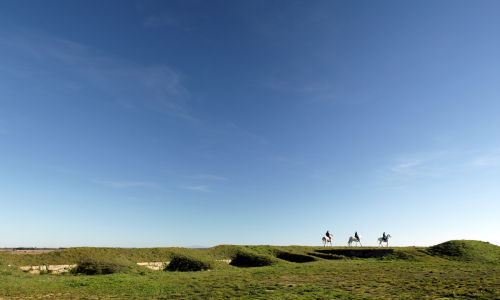Almeida
Because of the need to modernise its outdated medieval structures, after the Restoration (1641) Almeida set about building a new war infrastructure that was suited to the new artillery and would enable it to control the border. The stronghold is hexagonal in shape and consists of six bulwarks, each with its own ravelin. The town within the walls still has a substantial number of military buildings and very interesting civil architecture.
History
Our history your time
Almeida terá tido origem na migração dos habitantes de um castro lusitano, localizado a Norte do lugar do Enxido da Sarça, ocupado em 61 a.C. pelos Romanos, e depois pelos povos bárbaros. Dada a sua situação em planalto, os Árabes chamaram-na Al-Mêda (a Mesa), Talmeyda ou Almeydan, tendo construído um pequeno Castelo (séc. VIII- IX). No período da Reconquista, os Cristãos tomaram-na definitivamente em 1190 e foi sucessivamente disputada a Leão, passando à posse portuguesa com o Tratado de Alcanizes em 1297. Recebeu foral de D. Dinis (1296), que reconstruiu o Castelo, e foral novo de D. Manuel (1510). Junto ao Castelo de planta retangular e quatro torres circulares, cresceu o núcleo medieval limitado pelas muralhas, cujo vestígio se vê na Porta do Sol, traçado que a Rua dos Combatentes acompanha e que define o velho burgo. No Castelo havia a primitiva Igreja Matriz. A explosão do Revelim do Paiol, em 1810, motivada pelas invasões francesas, arrasou grande parte da vila, sendo esta igreja transferida para a do Convento de N. Sra. do Loreto - que apresenta um portal barroco - tomando o nome de N. Sra. das Candeias, cuja procissão se realiza a 2 de Fevereiro. A religiosidade popular está também assinalada nos passos da via-sacra. A importância desta praça defensiva levou à expansão urbana e institucional sendo dignos de nota os edifícios do antigo Quartel de Artilharia, Vedoria, Tribunal, bem como a Igreja e Hospital da Misericórdia, de portal clórico - exemplos da arquitetura seiscentista. A sua qualidade de praça-forte marcou também o próprio urbanismo, com quarteirões destinados a alojar os militares, como o caso do antigo quartel de Cavalaria. De realçar, o Quartel das Esquadras, edificado em 1762/69 (em frente do qual se fazia a parada militar, zona hoje ajardinada), e a célebre Casa da Roda - instituição criada por Pina Manique em 1783, para recolhimento das crianças expostas. No lugar da Roda encontra-se uma janela. A Praça Forte de Almeida (séc. XVII/XVIII), perfeito exemplar da arquitetura militar barroca, é uma fortaleza abaluartada com traçado hexagonal em estrela, ao estilo do engenheiro francês Antoine Deville. O acesso faz-se pelas portas duplas em túnel abobadado. Dispõe de seis baluartes, com suas casamatas - galerias subterrâneas onde a população se recolhia em caso de perigo e que também serviram de prisões miguelistas - e revelins, com fossos de profundidade média de 12 m, onde se construiu também um Hospital de Sangue, e se localiza o Museu Militar. Durante a Guerra dos Sete Anos (1756-1763) Almeida voltou à posse de Espanha, tendo retomado ao domínio Português em 1763. Nas lutas liberais tomou partido por D. Miguel entre 1829 e 1832, acabando por capitular após duras lutas fratricidas, que de novo destruíram as muralhas - reconstruídas a partir de 1853. Em 1927 saiu de Almeida o último Esquadrão de Cavalaria perdendo, desde então, a atividade militar que, durante séculos, foi a razão essencial da sua existência.
What to see
Where sleep
What to do
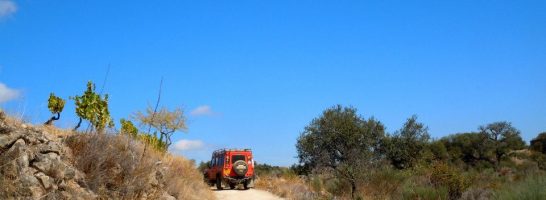
Adventure and nature trips
We are a registered tour operating company and we base our activity on the values of legal compliance, nature protection and sustainability. We operate according to the Portuguese legislation and we hold a special accreditation from the Institute of Nature Conservation and Forests allowing us to drive inside Nature Parks and other protected areas (where permitted)- We are members of the Natural.pt brand (www.natural.pt), reserved for companies who adhere to the programme. Following the recent pandemic we got our Clean & Safe seal from the Tourism Authority signifying our compliance with the official health requirements for the prevention and control of infections. Our trips are much more than just going from A to B and we distinguish ourselves for having a higher purpose: the knowledge and promotion of the historical, cultural and environmental heritage of Portugal, so that in the end our guests will have lots of stories to tell. In each new journey through some of the most beautiful and remotest places in mainland Portugal, we discover a unique, authentic and truly surprising country with a sense of adventure and discovery that enriches us as human beings. Our offer is based on a personalised service with tailor-made trips meeting the personal interests of our guests. We are constantly exploring and spending countless days on the ground in contact with the local people and organisations in search for the best places of interest and the best routes. As a result of this research, we have acquired a deep knowledge of the whole country which allows us to give our guests a renewed level of novelty and differentiation in each event. During our events we privilege the contact with nature in a legal and responsible manner, with the aim to reduce the impact of our passage, by working with official entities and other environmental organisations. Every year we plant many autoctonous trees in an effort to make Dream Overland a carbon-neutral company, an action that our customers can support and partake in. With our trips we contribute to the social cohesion and economic sustainability of local communities, through the knowledge and promotion of their traditions, handicrafts, produce and local heritage.
